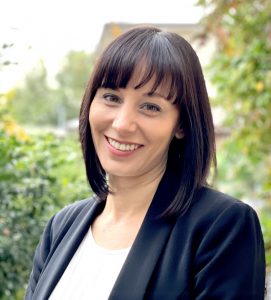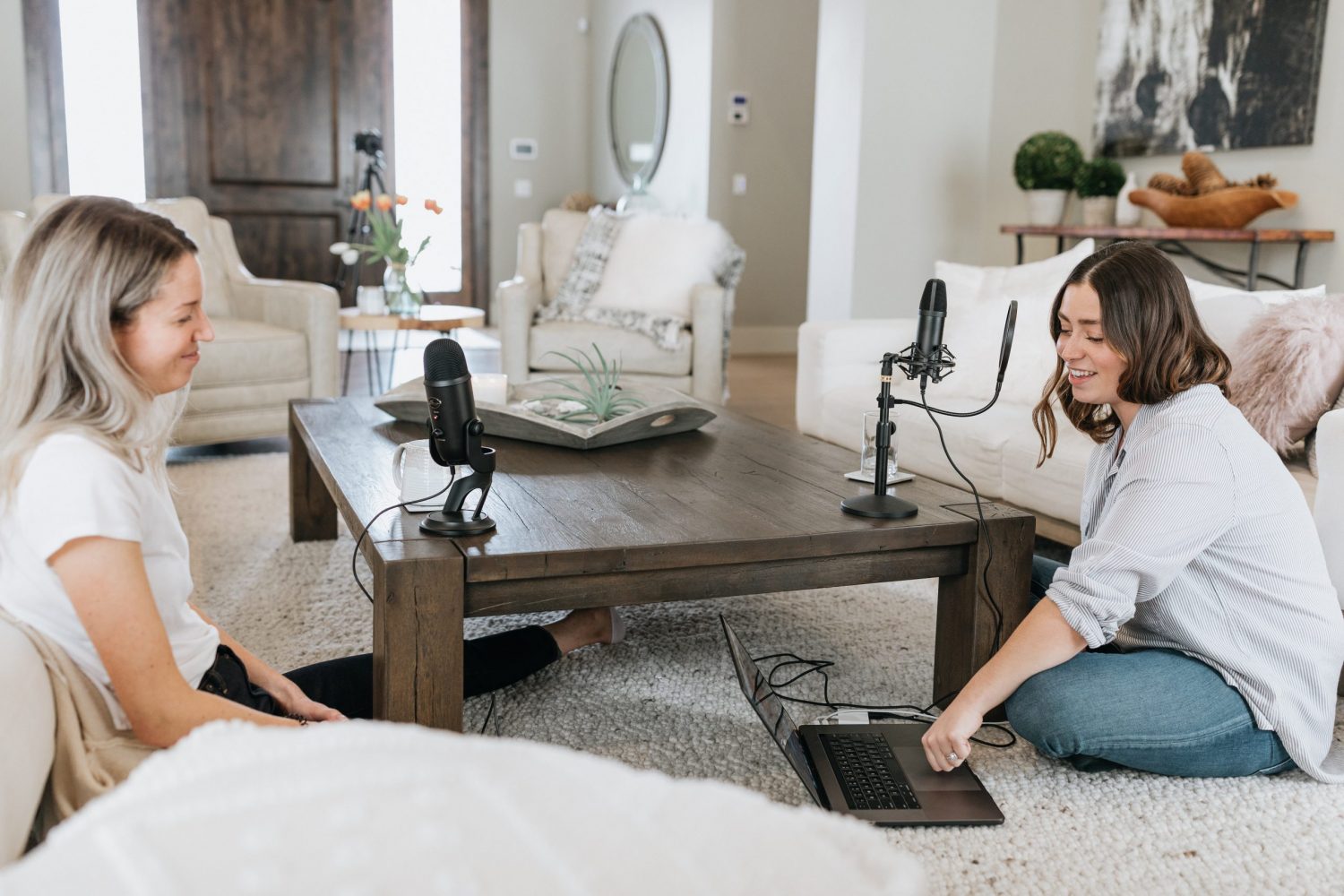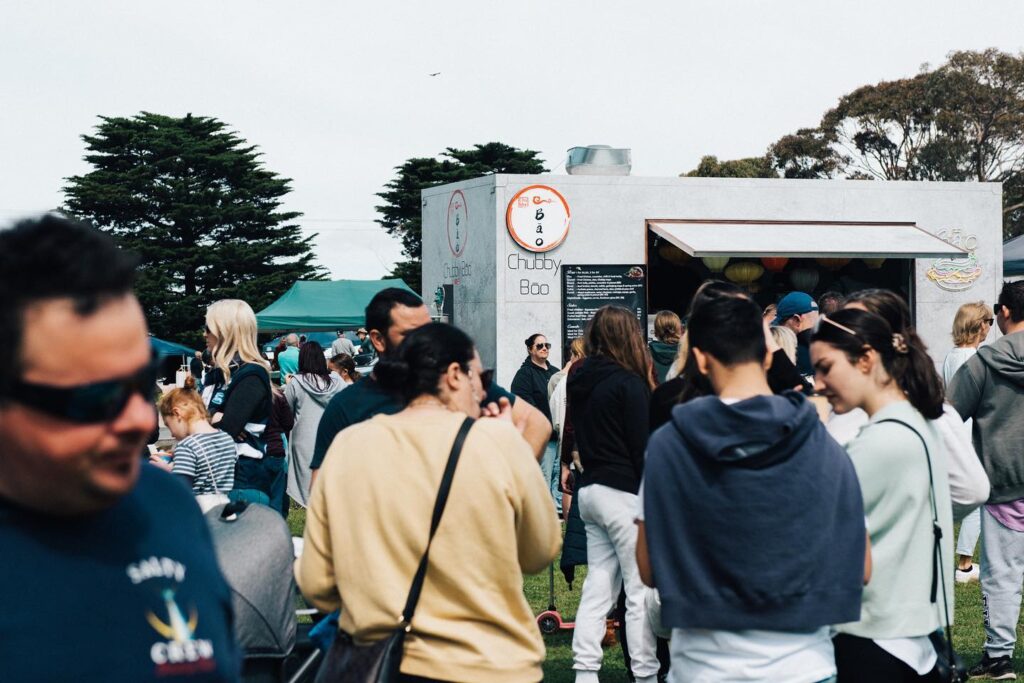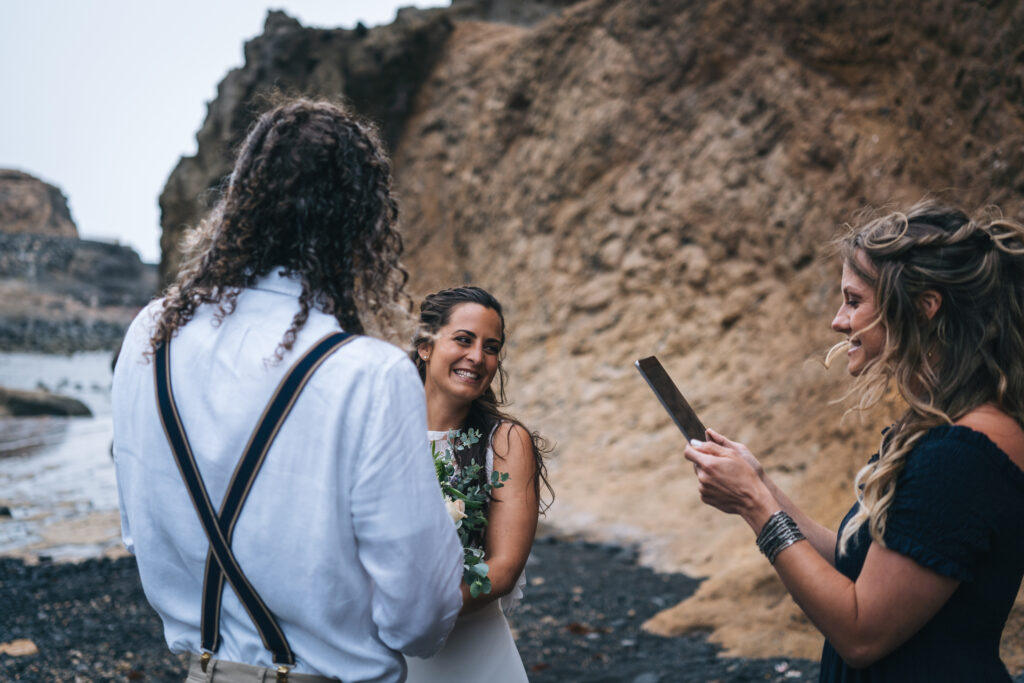Welcome to podcasting (a unique step by step guide in collaboration with Deakin University).
“Where do I start?” you might be asking. We’ve done all the hard work and research for you, with insights from a couple of podcasting pros: Deakin University Communications student, Naomi Hallam and Deakin University Associate Lecturer in Communication, Emily Wade.
Step 1 | Find Your Niche
The first step to making any good podcast is to know your topic. This can be anything from career advice to crime to arts and entertainment. Passion is infectious, so get your listeners on board with a bit of your own. Most importantly, research! You might love a topic to bits but if you get the facts wrong, you’re going to lose your audience.
Emily Wade, Associate Lecturer in Communication at Deakin, suggests choosing a narrow topic to produce more meaningful content.
“Our digital media students are given a choice of topics that are intentionally broad. It is up to individuals to narrow their focus to a particular sub-topic that interests them,” she says.
“One of the keys to producing an engaging podcast is to research and plan your discussion around two or three key points and really explore those in detail. It may seem counterintuitive but choosing a narrow topic can allow for deeper and more interesting discussion!”
Deakin communications student Naomi Hallam, our resident expert on all things podcasting, agrees. “To know your topic well gives you credibility and confidence in your Podcast.” Naomi believes that focusing on key points in detail is crucial in finding your own niche.
Keep up with the latest local arts news via our website.
Step 2 | Planning is key
So you’ve got your topic and now you need to give your audience a reason to listen. Planning is a big part of what separates a good podcast from a mediocre one.
“Plan ahead, research, and focus on two to three key messages you’d like to convey in your final product. Next, write a script. Writing a script that focuses on key messages will keep the Podcast succinct,” Naomi says.
“Planning is crucial when it comes to podcasting,” Emily adds. “Although podcast discussions are often informal and conversational in style, having a script or dot points to speak from is important to maintain ‘direction’ and keep audiences listening for longer!”
These messages don’t necessarily have to be poignant epiphanies or spicy hot takes, they just need to be subtopics that break up your overarching idea.
Lastly, make sure you put plenty of pauses in your script. You can fill these with music or sound effects later on, or just use the time to catch your breath and reset for the next paragraph.

Emily Wade is an award-winning Lecturer in Communication and a Fellow of the UK Higher Education Academy. She is also a researcher, speaker and content creator, focusing on themes of digital learning, social media, gamification, online performances and activism. You can connect with her on LinkedIn and Twitter.
Step 3 | Get your equipment into gear!
Naturally, you’re going to need something to record and edit your podcast. Luckily Emily reveals “You don’t need specialised or expensive equipment to start experimenting with podcasting”, but there are a few essentials.
Firstly, you’ll need a microphone. Most smartphones have microphones, or the one’s you’ll find on your earbuds are actually pretty decent for amateur podcasting provided you use them right.
Secondly, you’ll need a computer with a reliable internet connection. Lastly, you’ll need audio editing software. To start out with, GarageBand and Audacity have all the features you need and are relatively straightforward to use.
Step 4 | Let the show begin
It’s time to record your podcast! Run through your script a few times just to get some practice and shake those nerves out.
“Practice speaking! Record yourself using your smartphone and try adjusting your pace, pitch and diction. Yes, I sound like an old-school opera instructor, but it works! Apparently, people respond better to voices with a lower tone, so give that a go,” Naomi says.
Set yourself up in a quiet space with as little background noise as possible. Make sure your recording software is good to go, whether that’s voice memos on your phone or Audacity.
Now it’s time to hit record! Take your time while you’re talking and don’t be afraid to pause between sentences.
Step 5 | Editing
Load up your recording into your software of choice and start cutting out all the gaps and mistakes.
According to Emily, there are some strategies that can help to make the editing process easier, such as waiting a few seconds before you start speaking (at the beginning of a recording) and leaving a few blank seconds at the end, before stopping the recording.
“This will leave space to trim and combine different audio files without cutting off words. As with any digital work, it’s important to save often and create back-up files so that all is not lost if there is a technical glitch.”
Naomi also believes learning to love your own voice will make editing a breeze. “Once you get the hang of using great tone, pace and pitch, your voice will sound strong and confident to convey your message, as well as conveying your personality. Never be afraid of your own voice!”
Next, drop in all the sound effects and music tracks you want for your podcast and adjust the volume to make sure they’re not too loud compared to your voice. Remember, licensing is important. Once you’re done, export your audio and get ready to upload!
Just remember, “editing always takes time, especially when you’re still learning, and it’s important to factor this in when you begin planning your podcast,” Emily adds.
Step 6 | Distribution & Growing Your Audience
It’s time to get your podcast out into the world!
“Our students upload their podcasts to Soundcloud, which is a free online audio platform,” shares Emily. “This is a great way to start and provides multiple options for branding your podcast with customised covers, titles, descriptions, and the ability to embed into other online platforms, such as WordPress.”
Once you’ve uploaded your podcast, start up a Facebook, Instagram, or Twitter account as the face of your new podcast and let all your friends know it’s out there! Social media is a great way to directly interact with your audience and provide updates on upcoming shows if you plan on making podcasting a regular thing.
“For those who continue podcasting and want to reach wider audiences, uploading your podcast and distributing it via Anchor can be a great option,” Emily says.
Final Advice
In an age of divided attention, content creators need to think about a variety of ways to engage their target audiences. Podcasts are a highly accessible medium, have experienced huge growth in the last 12 months and are being increasingly adopted by younger audiences. With minimal effort required for audiences, podcasting offers listeners an efficient yet intimate way to consume content. So in saying that, Emily leaves us with some final words to help you attract those loyal and growing podcast listeners.
“Listen to a variety of podcasts to gain inspiration and think about creative ways you can engage your audience. Having a strong idea of the topic/s you want to talk about and who your target audience is will be so important for developing a successful podcast. Beyond that, it’s just a matter of getting started.”
Are you curious to learn more about digital media and the evolving media climate? Find out more about Deakin’s courses within media, communication, and creative arts here.
Listen to some more of Deakin’s student’s podcasts here and here.







